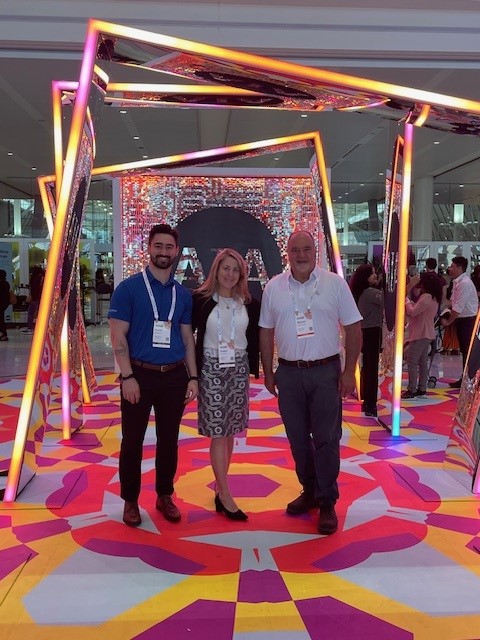In June, I had the pleasure of attending the annual AIA Conference on Architecture—AIA ’25 Boston—and, once again, came away invigorated by the energy, ideas, and possibilities that lie before us as architects.
Last year, at AIA ’24 in Washington, DC, I was deeply moved by Carol Ross Barney, the 2023 AIA Gold Medal recipient, who shared reflections from her remarkable career dedicated to civic architecture. Referred to as “the people’s architect,” Carol reminded us that our work fundamentally shapes the public realm and strengthens communities. Her words, “Good design is a right, not a privilege,” have stayed with me ever since.
This year, I found equal inspiration in Deborah Berke, the 2025 AIA Gold Medal award winner. Her belief that good design is a tool for social good resonates deeply. Through her thoughtful, human-centered approach to architecture, Deborah continues to show how our work can be a force for equity, dignity, and connection.
One of the event’s keynote speakers was Pete Buttigieg, former U.S Secretary of Transportation and former Mayor of South Bend, Indiana. He participated in a conversation with AIA President Evelyn Lee in which he discussed the importance of infrastructure in connecting communities, emphasizing the dual power it has to unite or divide them. He encouraged architects to approach our work with imagination and empathy in this time of change and uncertainty.
As civic architects, we draw strength and purpose from the accomplishments of our peers. Their work reminds us that architecture is not just about buildings—it’s about impact. And it’s a reminder that we carry a shared responsibility to design for the public good.
At my firm, some of our most meaningful work involves designing public safety facilities. These projects support the first responders who serve and protect our communities. More importantly, they help safeguard the health and well-being of the men and women behind the badge.
Cancer rates among firefighters are significantly higher than in the general population due to prolonged occupational exposure to carcinogens present at emergency scenes. Designing safe, healthy, and resilient facilities isn’t just good practice; it’s a moral imperative


